LiDAR Solutions for a safe and efficient digital world

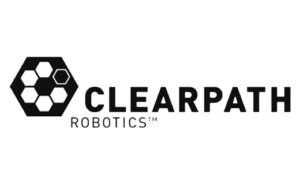








Blickfeld LiDAR
Discover Blickfeld’s latest sensor generation: High-precision 3D LiDAR technology combined with intelligent perception software – for reliable object detection and real-time analysis.
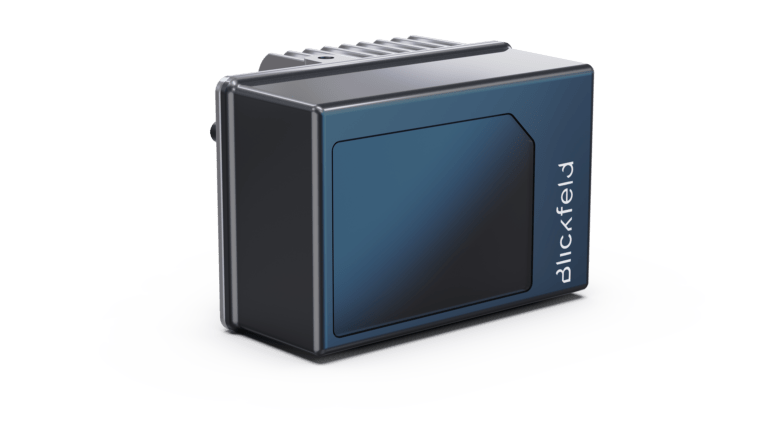
Qb2
3D LiDAR with on-device data processing – suitable for intelligent applications such as people flow analysis, traffic monitoring, and industrial automation.
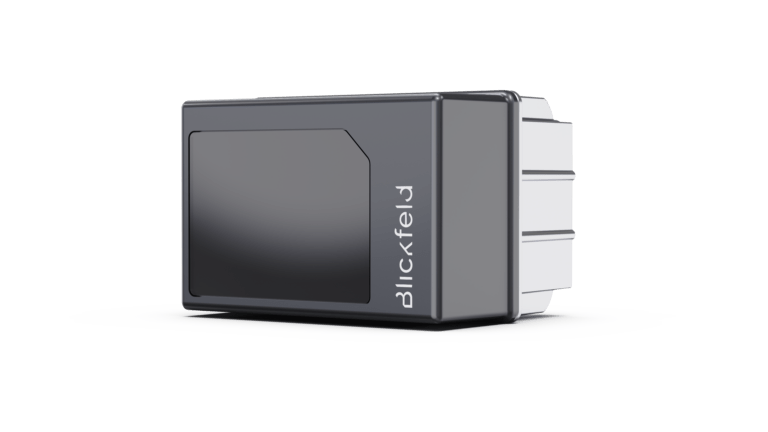
QbBasic
3D LiDAR sensor for reliable point cloud acquisition – designed for OEMs and system integrators implementing their own data evaluation.
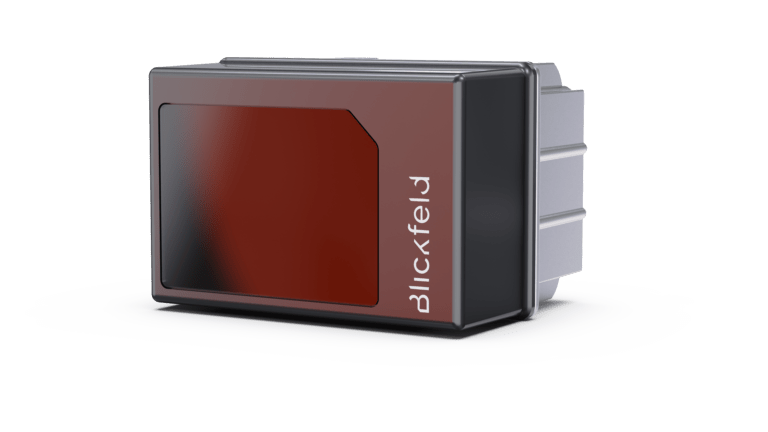
QbProtect
3D LiDAR for security applications – reliably detects intrusions using on-device processing and precise outdoor detection.
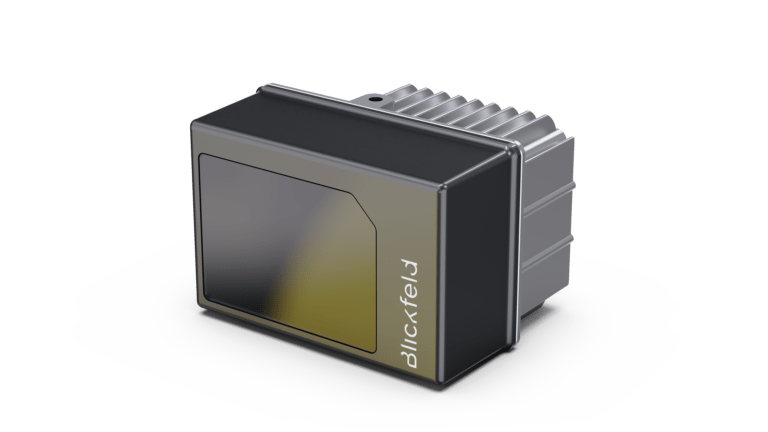
QbVolume
3D LiDAR for volume measurement – delivers precise, needs-based data for efficient inventory and logistics management.
Customer Success Stories
Real-world projects demonstrate the impact of Blickfeld LiDAR in key application areas such as waste management, security, automation, and traffic.
Application Areas
Blickfeld LiDAR solutions enable a host of applications in various different industries.
Company news
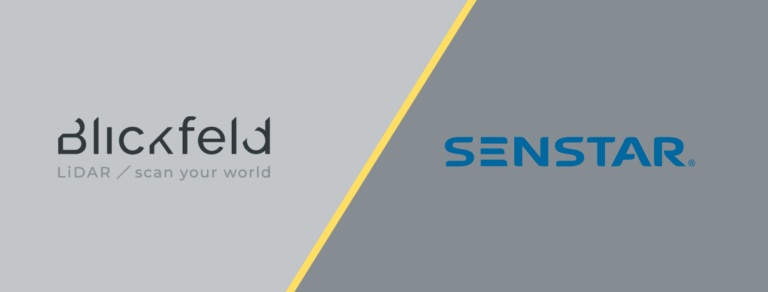
Blickfeld to Join Senstar Technologies Corporation
LiDAR specialist Blickfeld and Senstar Technologies Corporation (Nasdaq: SNT), a leading international provider of comprehensive physical, video and access control security products and solutions, announced
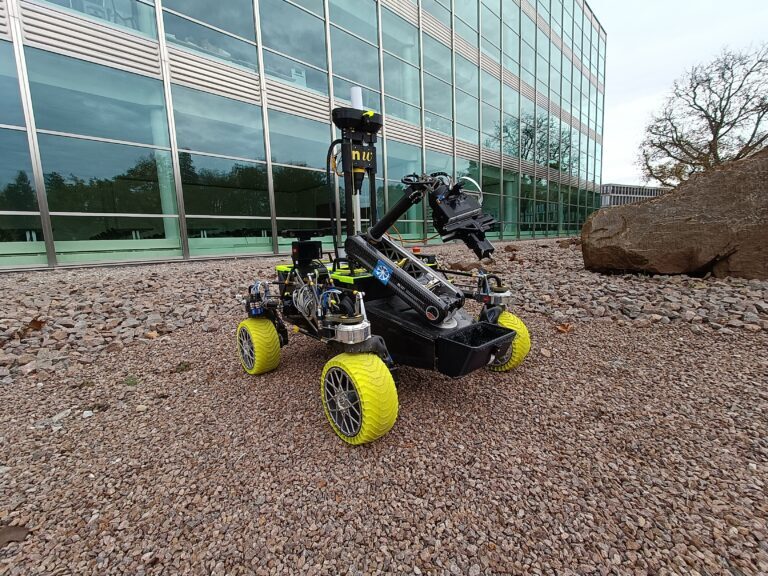
FHNW Rover Team Deploys Blickfeld 3D LiDAR Sensors for Precise Mars Navigation
This year, the FHNW Rover Team successfully competed in the European Rover Challenge (ERC) for the fourth time – an international competition where student teams
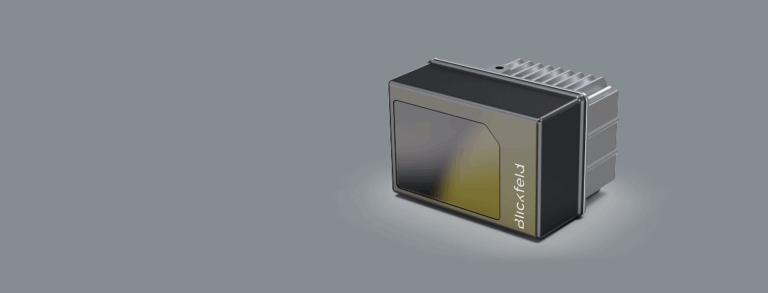
Blickfeld introduces QbVolume – the all-in-one solution for precise volume monitoring
With QbVolume, Blickfeld expands its portfolio with an intelligent LiDAR solution specifically designed for precise real-time volume monitoring. The smart 3D LiDAR sensor continuously captures
Newsletter
Be the first to receive:
- Updates on the latest developments at Blickfeld
- Exciting blog posts and interviews
- Direct access to data sheets, whitepapers and more
By subscribing to the newsletter of the Blickfeld GmbH you agree to our Privacy Policy and to the tracking of your opening rates.
